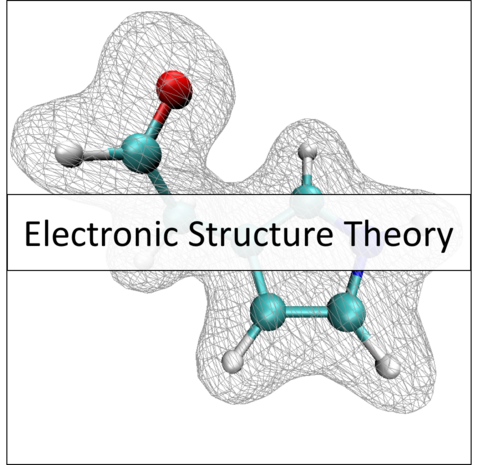Electronic Structure Theory

The chemical and physical properties of matter are governed by the various interactions between electrons and atomic nuclei. In particular, the electron-electron interaction poses a long standing challenge to theorists, as the subtle correlations between electronic motions can in general not be described exactly in quantum mechanical simulations. Several approximate methods have therefore been developed, which can broadly be classified into the fields of wave function theory (WFT) and density functional theory (DFT). WFT methods like coupled cluster theory offer a systematic route to the exact solution, but are of limited applicability due to their high computational cost. In contrast, commonly used DFT methods are less accurate but display more favourable computational scaling.
In our work on the “electron correlation” problem, we have been interested in how these distinct fields are connected and whether they can be combined. In this context, we have for example developed a “double-hybrid” DFT method based on a WFT theorem, and studied the self-interaction error in DFT and WFT.[1,2] More recently, we have developed a strategy for designing density functionals from coupled cluster theory.[3] Additionally, we have worked on more pragmatic semi-empirical electronic structure methods.